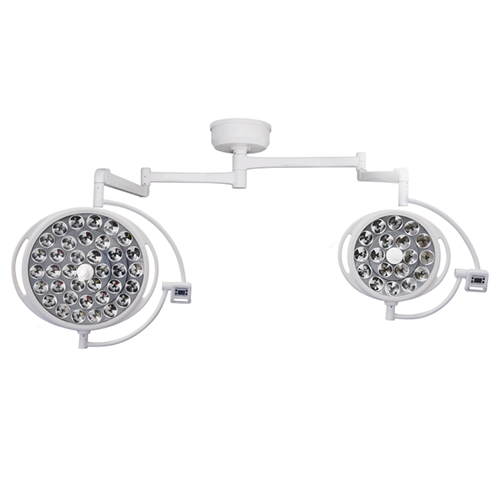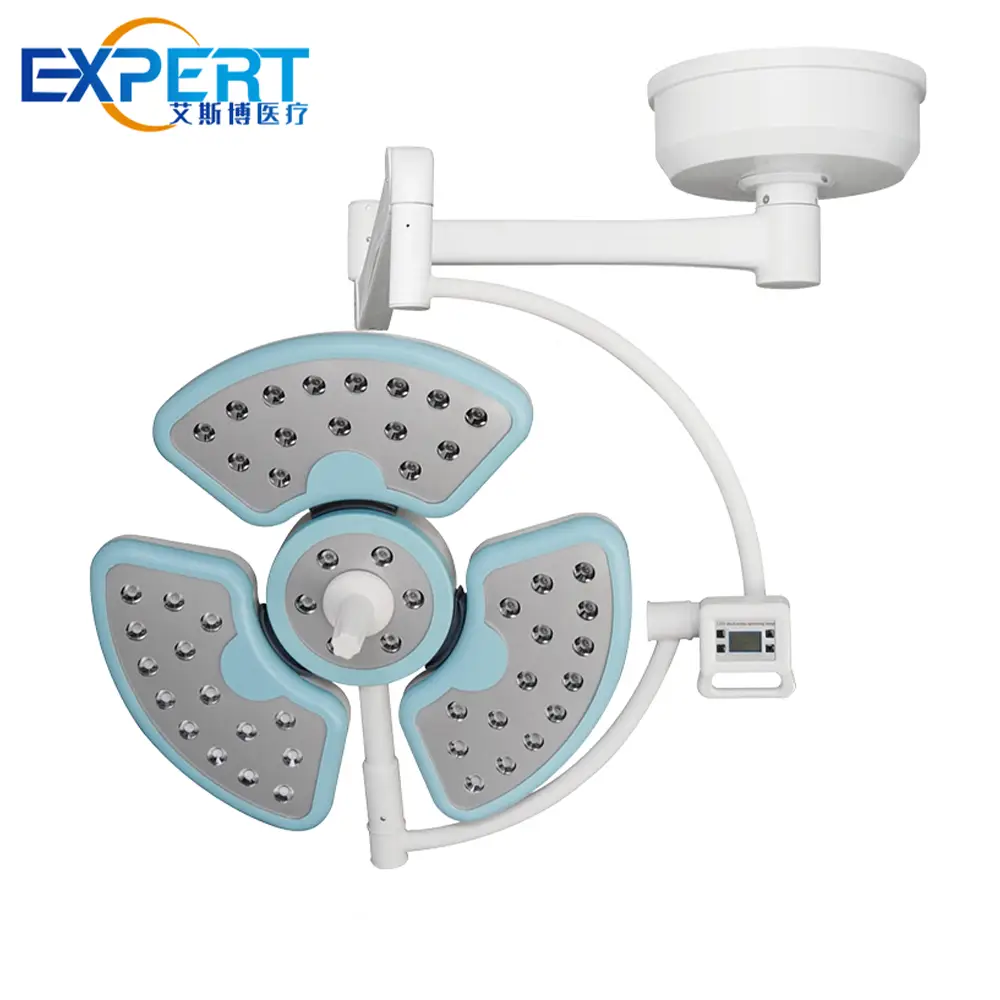Адрес
304 North Cardinal St.
Дорчестер-центр, Массачусетс 02124
Часы работы
С понедельника по пятницу: с 7:00 до 19:00.
Выходные: 10.00 - 17.00
Адрес
304 North Cardinal St.
Дорчестер-центр, Массачусетс 02124
Часы работы
С понедельника по пятницу: с 7:00 до 19:00.
Выходные: 10.00 - 17.00

The quality of surgical ceiling lights in an operating room can significantly impact the outcomes of surgeries. Proper lighting is crucial for surgeons to perform precise and intricate procedures. Choosing the right surgical ceiling lights involves considering various factors such as illumination quality, energy efficiency, ergonomics, and technological integration. This comprehensive guide will help you navigate the complexities of selecting the best surgical ceiling lights for your operating room, ensuring optimal performance and patient safety.

Surgical ceiling lights are designed to provide high-intensity, shadow-free illumination necessary for medical procedures. These lights must meet stringent standards to ensure they deliver consistent, bright, and clear light. Here, we will discuss the key components and features of surgical ceiling lights.









The primary function of surgical ceiling lights is to provide adequate illumination. Consider the following aspects of illumination quality:
Energy-efficient lights not only reduce operational costs but also have a lower environmental impact. LED lights are typically more energy-efficient than traditional halogen lights, offering longer lifespans and reduced heat output.
The usability of surgical lights is critical. Consider the following ergonomic features:
Modern surgical lights often come with advanced features such as:
Surgical lights should be durable and easy to maintain. Consider the following:
| Характерная черта | Single-Head Lights | Multi-Head Lights |
|---|---|---|
| Illumination Coverage | Smaller area | Wider area |
| Универсальность | Less versatile | More versatile |
| Приложения | Smaller operating rooms, specific procedures | Larger operating rooms, complex procedures |

Proper installation and setup are crucial for the optimal performance of surgical ceiling lights. Here are the steps involved:
Regular maintenance and prompt troubleshooting are essential to keep surgical ceiling lights in optimal condition. Here are some maintenance tips and common troubleshooting steps:
Choosing the right хирургические потолочные светильники for your operating room is a critical decision that affects both the performance of medical procedures and the safety of patients. By considering factors such as illumination quality, energy efficiency, ergonomics, and technological integration, you can select lights that meet the specific needs of your medical facility. Proper installation, regular maintenance, and prompt troubleshooting ensure that these lights perform optimally for years to come.
Key factors include illumination quality, energy efficiency, ergonomics, technological integration, and maintenance requirements.
CRI (Color Rendering Index) indicates how accurately a light source reveals the colors of various objects. A high CRI is important for accurately distinguishing tissues and organs during surgery.
Shadow management ensures that the light is evenly distributed and minimizes shadows created by surgical instruments and staff, providing a clear view of the surgical area.
LED surgical lights are energy-efficient, have a long lifespan, produce less heat, and offer consistent, bright illumination with high CRI.
Regular maintenance should be performed according to the manufacturer’s guidelines, typically involving cleaning, inspections, and software updates to ensure optimal performance and longevity.